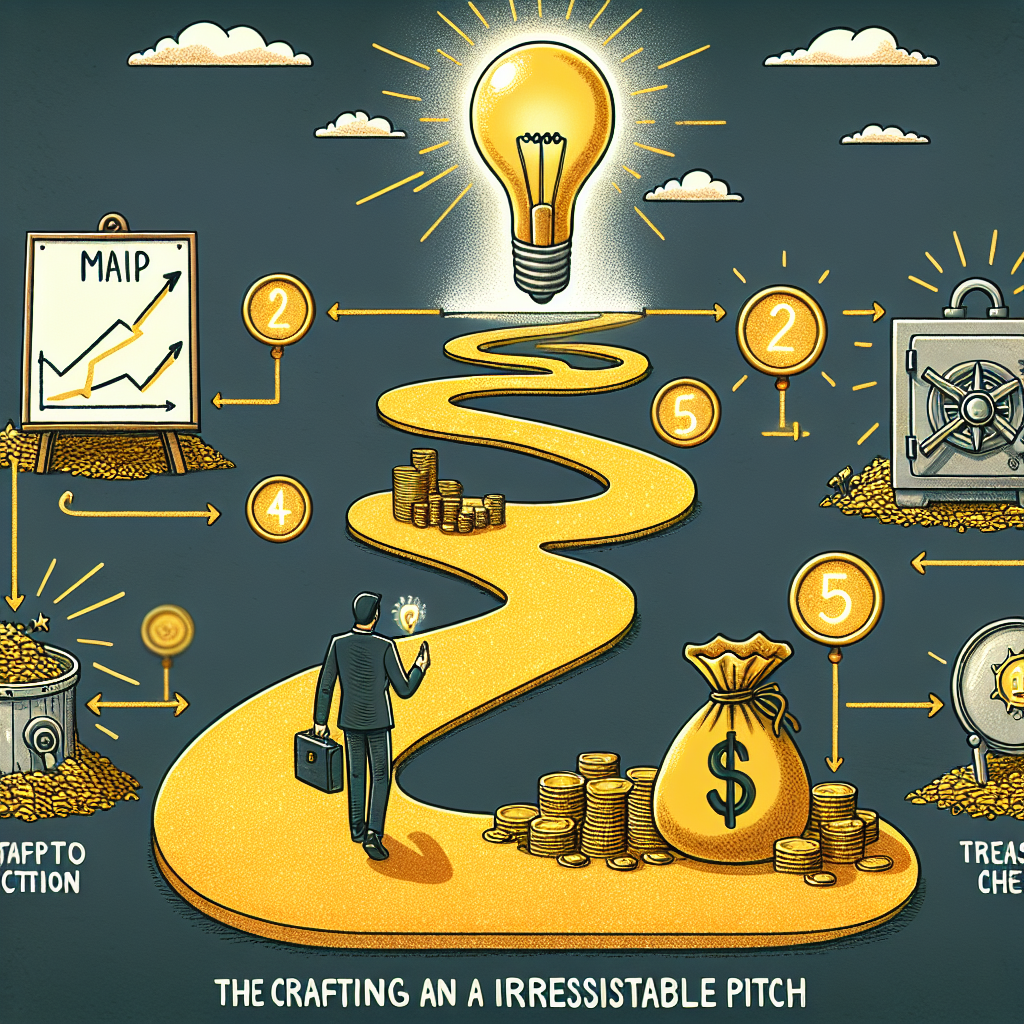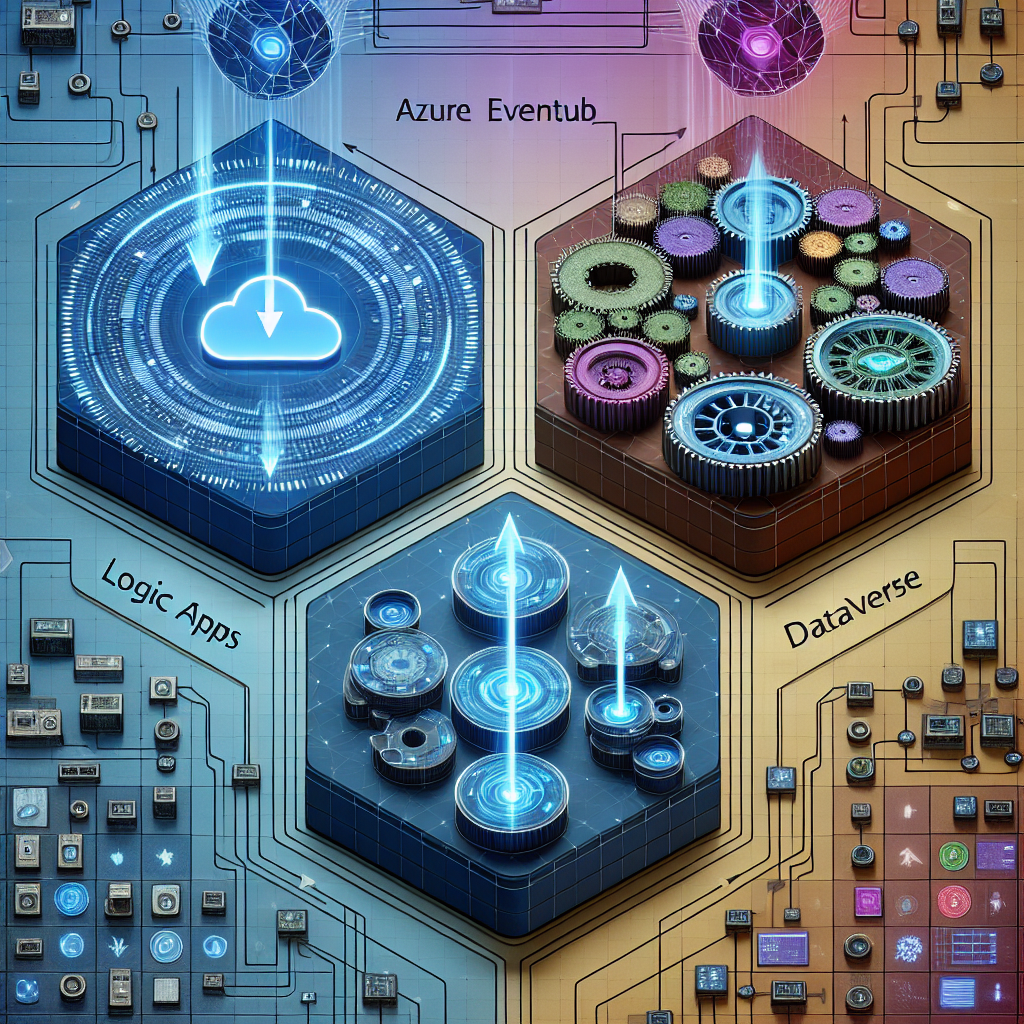Next.js - The React Framework for Building Modern Web Applications

I participated in a hackathon over the weekend where I used Next.js and found it incredibly useful. In the ever-evolving landscape of web development, staying ahead of the curve is crucial for delivering exceptional user experiences. One technology that has gained significant traction in recent years is Next.js. Powered by the React and Rust toolchains, Next.js is a formidable framework that enables developers to build modern web applications with ease. In this blog post, we will explore the features and benefits of Next.js and understand why it has become the go-to choice for many developers.
What is Next.js?
Next.js is an open-source JavaScript framework that extends the capabilities of React, a popular JavaScript library for building user interfaces. Developed by Vercel, Next.js has gained immense popularity due to its ability to create server-rendered, statically generated, and single-page applications.
Getting Started
My hackathon project using Next.js was bootstrapped with create-next-app.
First, run the development server:
Open http://localhost:3000 in your browser to see the result. You can begin editing the page by modifying pages/index.tsx. The page will auto-update as you edit the file. API routes can be accessed at http://localhost:3000/api/hello. This endpoint can be edited in pages/api/hello.ts. The pages/api directory is mapped to /api/*. Files in this directory are treated as API routes rather than React pages. The project uses next/font to automatically optimize and load Inter, a custom Google Font.
Deploy on Vercel
The easiest way to deploy your Next.js app is to use the Vercel Platform, which is created by the developers of Next.js. Check out the Next.js deployment documentation for more details.
Server-side Rendering and Static Site Generation
One of the standout features of Next.js is its support for server-side rendering (SSR) and static site generation (SSG). SSR allows the server to render the initial HTML for each page, resulting in faster page load times and improved SEO. On the other hand, SSG generates static HTML files during the build process, which can be served directly from a Content Delivery Network (CDN). This combination of SSR and SSG ensures optimal performance and enables developers to find the right balance between dynamic and static content.
Zero Configuration
Next.js eliminates the tedious setup process by offering a zero-configuration environment. Out of the box, it provides sensible defaults and conventions, allowing developers to focus more on building their applications rather than configuring them. However, Next.js also offers a flexible and extensible configuration system for customizations when needed.
Routing and Dynamic Routes
Next.js simplifies routing with an intuitive file-based routing system. Each page in a Next.js application corresponds to a file in the pages directory. This approach eliminates the need for manual routing configuration and enhances code organization. Furthermore, Next.js supports dynamic routes, enabling the creation of pages with URL parameters.
Hot Module Replacement and Fast Refresh
Developers often have to manually refresh the browser to see the changes they've made. Next.js alleviates this pain point by providing Hot Module Replacement (HMR) and Fast Refresh. HMR allows modules to be replaced without requiring a full page reload, while Fast Refresh instantly updates UI components during development. Both of these features significantly improve the developer experience.
API Routes
Next.js includes a built-in feature for API routes that simplifies the creation of serverless API endpoints. These endpoints can be easily created by adding files to the pages/api directory. This built-in capability eliminates the need for additional backend infrastructure, making it simple to build robust serverless APIs.
TypeScript Support
Next.js offers excellent support for TypeScript, making it a popular choice for developers who prefer static typing. TypeScript provides type safety, enhanced autocompletion, and improved tooling for Next.js projects, leading to fewer runtime errors and better code quality.
Conclusion
Next.js has revolutionized the way modern web applications are built, offering a powerful and flexible framework that merges the best features of React and Node.js. With its support for server-side rendering, static site generation, intuitive routing, and built-in API routes, Next.js provides a comprehensive solution for constructing high-performance web applications. Whether you are a seasoned React developer or are just embarking on your web development journey, Next.js is undoubtedly worth exploring. Its simplicity, flexibility, and robust ecosystem make it an excellent choice for projects of any scale. Embrace Next.js and unlock the full potential of modern web development.




